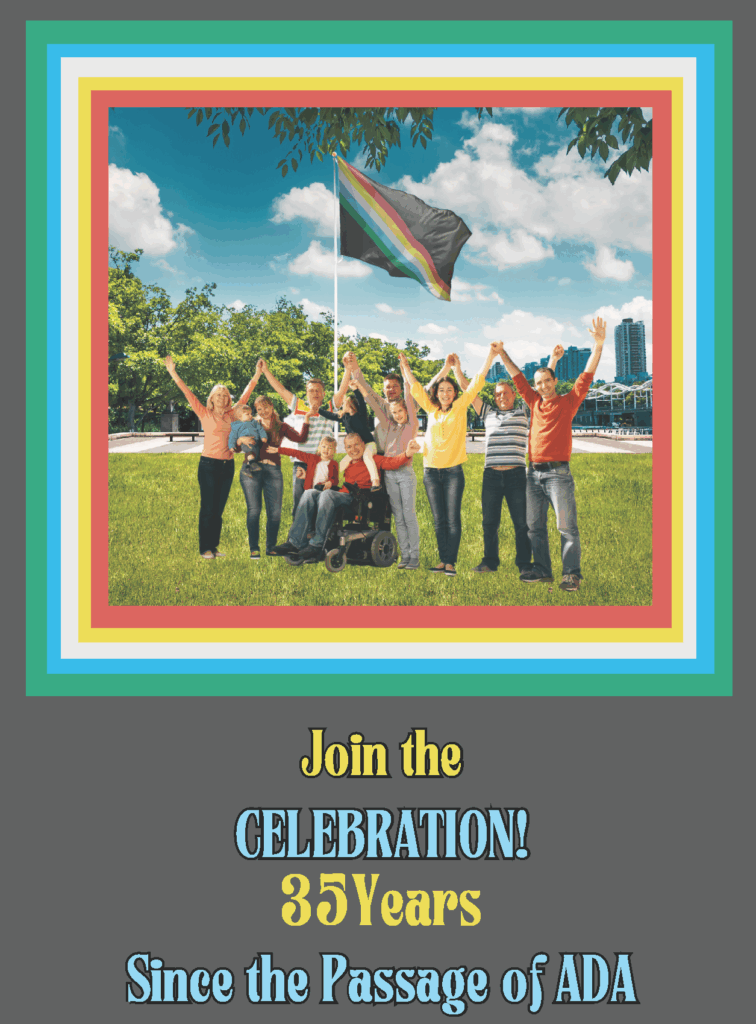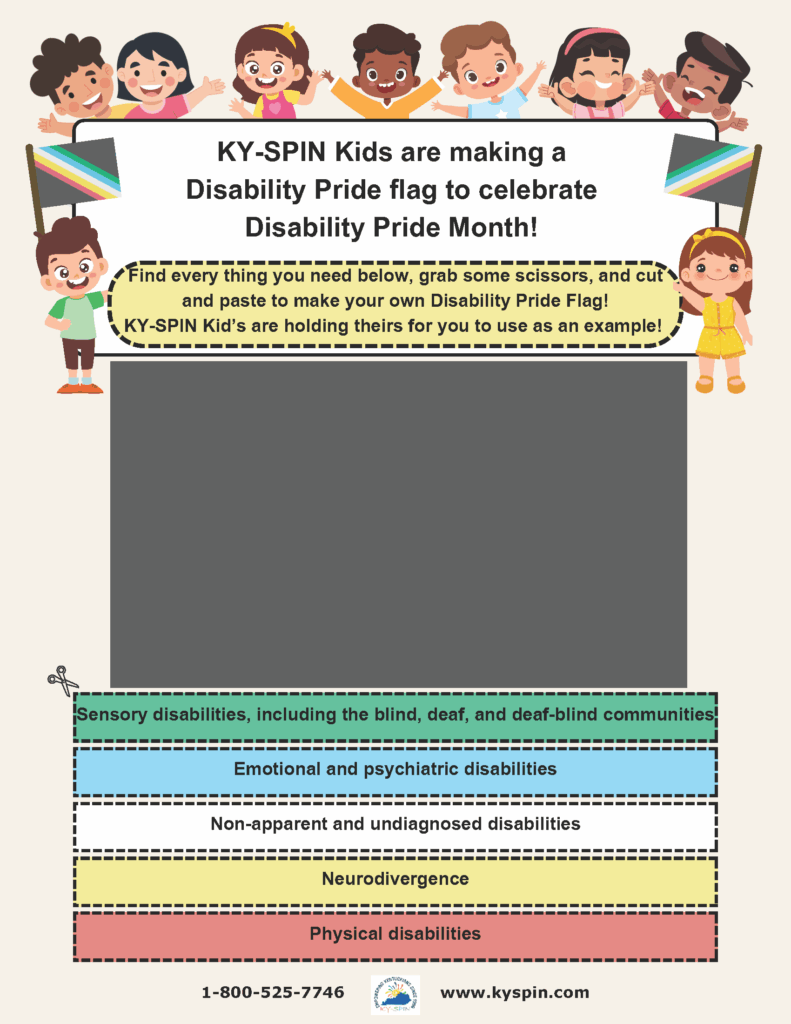Hi, hope all is well. July is Disability Pride Month, a time to honor the strength, beauty, and resilience of people with disabilities. For our family, and so many others like us, this month is not just symbolic, it’s deeply personal. It’s a celebration of journeys marked by courage, milestones hard-won, and love that never wavers.
As a sibling of individuals with disabilities, I’ve come to understand pride in a profoundly different way. It isn’t about perfection. It’s about perseverance. It’s about how we rise every day, meet challenges head-on, and advocate not just for services or accommodations, but for dignity, inclusion, and the right to dream big.
Our children, siblings, parents, and friends with disabilities aren’t inspirational because they live with disability, they are inspirational because of their authenticity, their strength, and the joy they bring into this world by being exactly who they are.
As families, we carry stories in our hearts, of journeys navigated with strength, of friendships formed in waiting rooms and school meetings, of the quiet power of simply being seen and heard. We celebrate Disability Pride Month because it’s a chance to shine a light on these stories. To show the world the brilliance that happens when inclusion isn’t just a word, but a way of life.
Let this month be a reminder to all of us: disability pride is family pride. It’s community pride. It’s human pride. And it’s a call for all of us, disabled and non-disabled alike, to keep moving toward a world where everyone belongs.
With Love,
Rhonda Logsdon
Family Activities
Be a Kindness Hero!
You can be a real hero just by being kind and helpful!
- You and your friends might like the same games, colors, pets, or snacks, even if you do some things differently!
- Everyone wants to feel included! Say hi, invite someone to play, or sit with them at lunch.
- Everyone is unique. Some friends may need quiet time, others may use a wheelchair or need extra help reading.
- If someone looks like they need help, ask nicely: “Would you like help?” or “How can I help you?”
- If you see something that doesn’t seem fair or kind, tell a grown-up you trust.
Parents, by starting these conversations young, we can help our children be a part of building a better world for all!
Disability Pride Flag
The Flag symbolize solidarity, pride, and acceptance. In 2019, writer Ann Magill, who has cerebral palsy, created the original Disability Pride flag.
The diagonal band of six color stripes cut across the barriers separating the disabled from society, representing light and creativity cutting through darkness. Each of the six color stripes hold meaning:
- Red: physical disabilities
- Gold: neurodiversity
- White: invisible disabilities and undiagnosed conditions
- Blue: emotional and psychiatric disabilities
- Green: sensory disabilities, including deafness, blindness, and other sensory disabilities
- Faded Black Background: mourning and rage for victims of ableist violence and abuse
The Americans with Disabilities Act (ADA) was signed into law 35 years ago on July 26, 1990.
This historic civil rights law protects the rights of people with disabilities.
ADA Anniversary Tool kit
Download The Americans with Disabilities Act (ADA) Infographic



